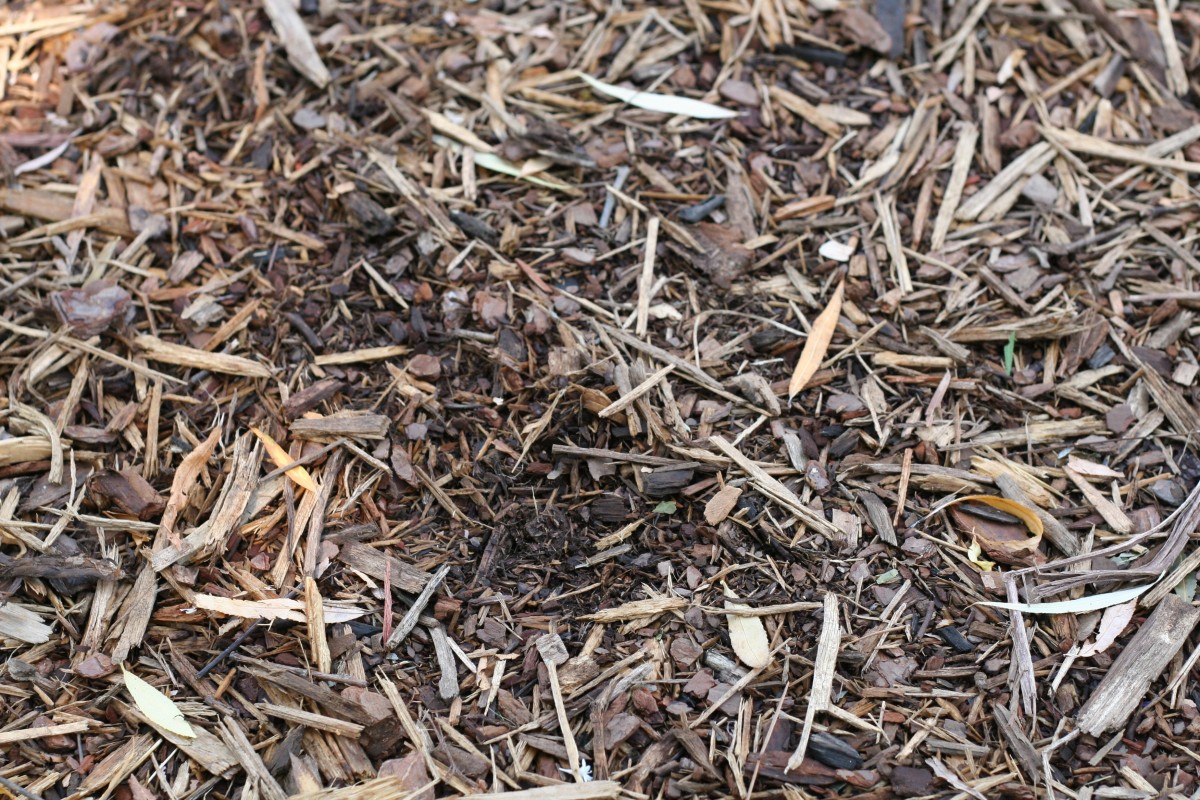In the natural garden, mulching consists of covering the soil around plantations with mulch made of different materials of natural organic or mineral origin. Man reproduces here what is done naturally on a forest floor.
The mulching technique is used in the vegetable garden, the orchard, in the perennial and annual flower beds, at the foot of hedges, young trees, and shrubs, and for potted plants and window boxes.
Why mulch?

Mulching covers the soil around cultivated plants with mulch (straw or other materials). It has several advantages, all of which are equally interesting. Let’s see closer below:
- It considerably hinders the development of weeds.
- It limits evaporation and maintains the soil in a state of humidity that saves water.
- It favors the development of the valuable fauna of the earth.
- It reduces the thermal amplitudes at the soil level, which provides the plants with better growing conditions.
- It reduces surface compaction due to rain and watering.
- It avoids the need to dig up the soil in the fall.
- As it decomposes, it improves the soil and provides nutrients if it is a vegetal mulch.
In short, mulching is a miracle technique in the garden!
What to mulch with?
Mulch is anything that can cover the soil, help it retain moisture, and suppress weeds. There are two types of mulch: organic (plant) and mineral.
Organic mulches

The chopped straw is the first of the organic mulches that gave its name to the technique. For various reasons, primarily aesthetic or practical, it is often preferred to other plants purchased in stores or from garden waste.
You will find in garden centers bags of pine or fir bark (one of the most used mulches), cocoa bean shells, coconuts, hazelnuts, nuts, flax straw, hemp, etc. For large quantities, it is more economical to buy from professional suppliers.
Wood-based mulches give the garden an aesthetic note. On the other hand, they stay in place for several years, unlike flax or other soft vegetation mulches. Several colors of wood chips or bark are available in garden centers.
You can also produce your mulch by reusing the contents of your lawnmower baskets after each mowing, spreading dead leaves that you have collected elsewhere, reusing shredded branches after pruning, or using your own slightly decomposed compost.
These mulches provide some organic matter and are well suited to mineral soils. Wood chips are much less expensive than bark. They may not be very aesthetically pleasing, but they will do the same.
Plant mulch has the same positive effects as mineral mulch on:
- the development of grasses;
- protection against the cold;
- protection against soil drying out.
Moreover, it is a good fertilizer because its decomposition will diffuse nutrients into the soil.
Good to know: by superimposing a mineral mulch and a plant mulch, you will cumulate the beneficial effects of both.
Mineral Mulches
Mineral mulches are often used for aesthetic reasons, as they add a lot of character to the garden.
Pozzolans, clay balls, shale, gravel… are the most common. You can use them for all kinds of plantings, mainly for terraces and rock gardens.
You will use them for all kinds of beds, whether green plants or shrubs and trees and plants in tubs or pots inside and outside.
Its duration is unlimited because it does not degrade.
Its neutral pH does not modify the nature of the soil. You can use it in all cases.
Mulching: how to install a mulch?
Mulch is installed on soil:
- cleared of weeds beforehand
- and copiously watered.
For full effectiveness, the layer of mulch must be thick: 5 to 10 cm, depending on the material.
Hope this post helps you mulch your garden. Remember to share your experience in the comments below.





